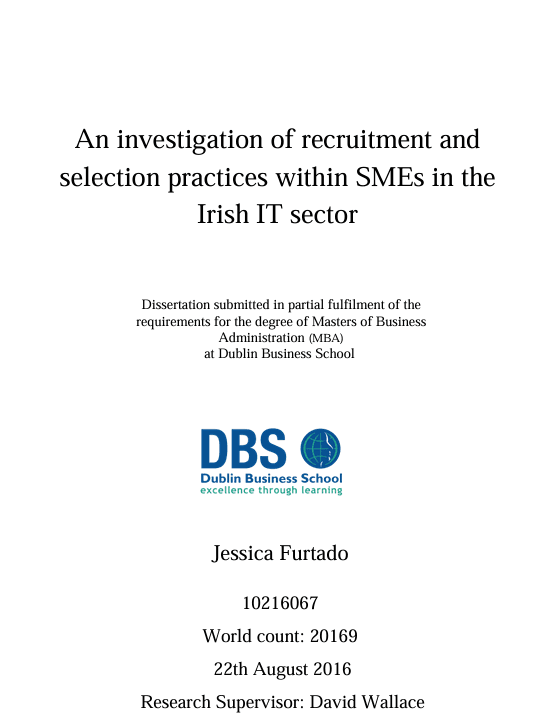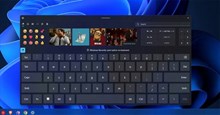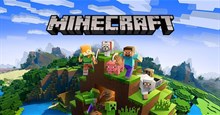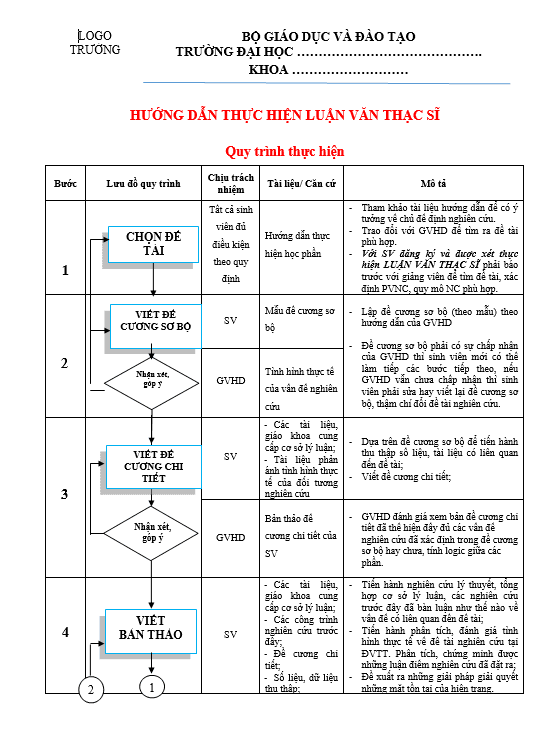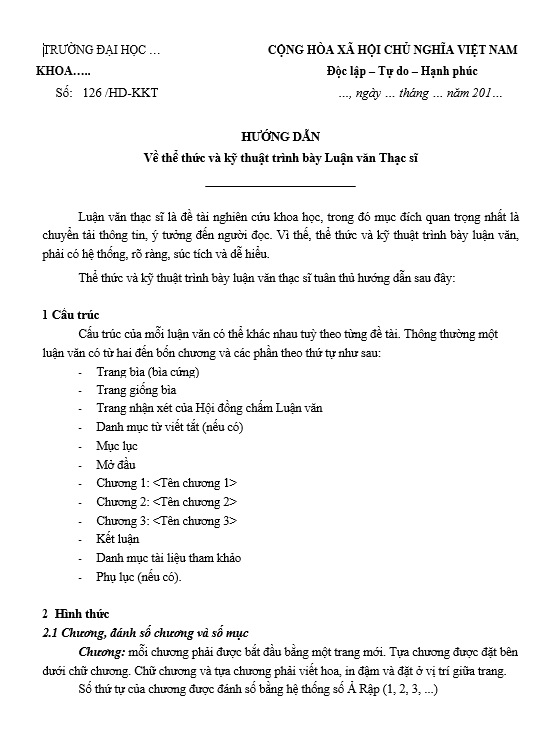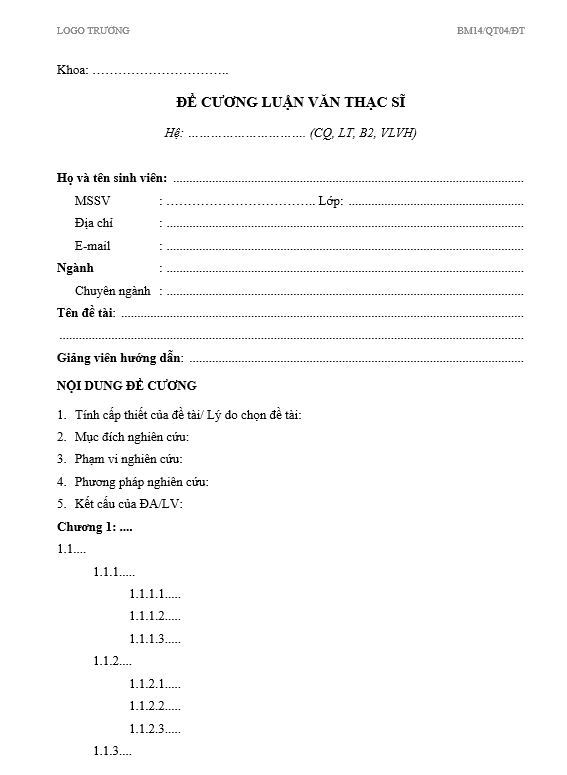Table of content
Chapter 1 Introduction ……………………………………………………………………………………………………… 8
1.1 – The background of the problem ……………………………………………………………………………….. 8
1.2 – Research Gap and Research Objective ……………………………………………………………………… 9
1.3 – Research question ………………………………………………………………………………………………… 10
1.4 – Sub-Research Questions ………………………………………………………………………………………. 11
1.5 – Dissertation Organisation and Structure ………………………………………………………………….. 11
Chapter 2 – Literature Review ………………………………………………………………………………………….. 14
2.1 – Introduction…………………………………………………………………………………………………………. 14
2.2 – Recruitment and selection ……………………………………………………………………………………… 14
2.3 – Challenges faced by SMEs in the IT sector in Ireland ………………………………………………. 15
2.3.1 – Environmental challenges affecting SMEs in the IT sector in Ireland …………………… 16
2.4 – Recruitment and Selection in SMEs in the IT sector …………………………………………………. 16
2.4.1 – Recruitment and Selection Criteria …………………………………………………………………… 16
2.4.2 – Factors of Attraction and Applicants’ Expectations ……………………………………………. 17
2.4.3 – Recruitment and Selection Processes ……………………………………………………………….. 19
2.4.4 – Recruitment and Selection Channels ………………………………………………………………… 21
2.5 – Recruiting Millennials………………………………………………………………………………………….. 21
2.5.1 – Motivation in Generation Y …………………………………………………………………………….. 22
2.5.2 – Extrinsic motivation factors …………………………………………………………………………….. 23
2.5.3 – Intrinsic motivation factors ……………………………………………………………………………… 23
Chapter 3 Methodology …………………………………………………………………………………………………… 26
3.1 – Methodology Introduction …………………………………………………………………………………….. 26
3.2 – Research Question ……………………………………………………………………………………………….. 27
3.3 – Research Design ………………………………………………………………………………………………….. 27
3.3.1 – Research Philosophy ………………………………………………………………………………………. 27
3.3.2 – Research Approach ………………………………………………………………………………………… 28
3.3.3 – Research Strategy …………………………………………………………………………………………… 29
3.3.4 – Research Choice …………………………………………………………………………………………….. 30
3.3.5 – Time horizon …………………………………………………………………………………………………. 31
3.3.6 – Sampling – Selecting Respondents ……………………………………………………………………. 31
3.4 – Data Collection Instruments ………………………………………………………………………………….. 32
3.5 – Data Analysis Procedures ……………………………………………………………………………………… 33
3.5.1 – Coding ………………………………………………………………………………………………………….. 33
3.6 – Research Ethics ……………………………………………………………………………………………………. 34
3.7 – Scopes and Limitations of the Research ………………………………………………………………….. 34
Chapter 4: Findings ………………………………………………………………………………………………………… 36
4.1 – Introduction ………………………………………………………………………………………………………… 36
4.2 – Findings ……………………………………………………………………………………………………………… 37
4.3 – Interviewee and organization background ………………………………………………………………. 37
4.4 – Size of the company and hiring culture ………………………………………………………………….. 40
4.5 – Recruitment channels …………………………………………………………………………………………… 41
4.6 – Challenges faced by SMEs in the IT sector in Ireland ………………………………………………. 44
4.7 – Recruitment and Selection Criteria ………………………………………………………………………… 46
4.9 – Recruiting Millennials………………………………………………………………………………………….. 50
4.10 – Best practices ……………………………………………………………………………………………………. 52
4.11 – Conclusion ……………………………………………………………………………………………………….. 54
Chapter 5: Data Discussion ……………………………………………………………………………………………… 55
5.1 – Introduction ………………………………………………………………………………………………………… 55
5.2 – The role of the company’s size in recruitment and selection ……………………………………… 55
5.3 – Bootstrapping HR ……………………………………………………………………………………………….. 56
5.4 – Challenges faced by SMEs in the IT sector in Ireland ………………………………………………. 57
5.5 – Recruitment and Selection Criteria ………………………………………………………………………… 58
5.6 – Factors of Attraction and Applicants’ Expectations …………………………………………………. 59
5.7 – Recruitment channels …………………………………………………………………………………………… 61
5.8 – Measuring effectiveness ……………………………………………………………………………………….. 62
5.9 – Recruiting strategies …………………………………………………………………………………………….. 62
5.10 – The role of culture ……………………………………………………………………………………………… 63
5.11 – Recruiting Millennials………………………………………………………………………………………… 64
Chapter 6: Conclusion and Recommendation …………………………………………………………………….. 65
6.1 – Recruitment criteria ……………………………………………………………………………………………… 65
6.2 – Recruiting strategies …………………………………………………………………………………………….. 65
6.3 – Attracting talent…………………………………………………………………………………………………… 66
6.4 – Recruitment channels …………………………………………………………………………………………… 66
6.5 – Measuring effectiveness ……………………………………………………………………………………….. 67
6.6 – Conclusion …………………………………………………………………………………………………………. 67
Chapter 7: Self-Reflexion ………………………………………………………………………………………………… 68
7.1 – Background ………………………………………………………………………………………………………… 68
7.2 – Skills development ………………………………………………………………………………………………. 68
7.2.1 – Public speaking ……………………………………………………………………………………………… 69
7.2.2 – Writing in English …………………………………………………………………………………………. 69
7.2.3 – Time management …………………………………………………………………………………………. 69
7.2.4 Future application of learning …………………………………………………………………………….. 70
7.3 – Challenges faced during the MBA thesis ………………………………………………………………… 71
7.3.1 – Preparation and planning ………………………………………………………………………………… 71
7.3.2 – During the dissertation ……………………………………………………………………………………. 71
7.4 – Conclusion …………………………………………………………………………………………………………. 72
Chapter 8 Bibliography …………………………………………………………………………………………………… 73
Chapter 9 Appendix ……………………………………………………………………………………………………….. 79
List of Figures
Figure 1 – Relative cost of recruitmetnt methods by FIT framework quadrant …………………20
Figure 2 – PWC report “Millennials at work Reshaping the workplace”…………………………22
Figure 3 – The research onion……………………………………………………………………26
Figure 4 – Data Analysis for Qualitative Research……………………………………………….33

